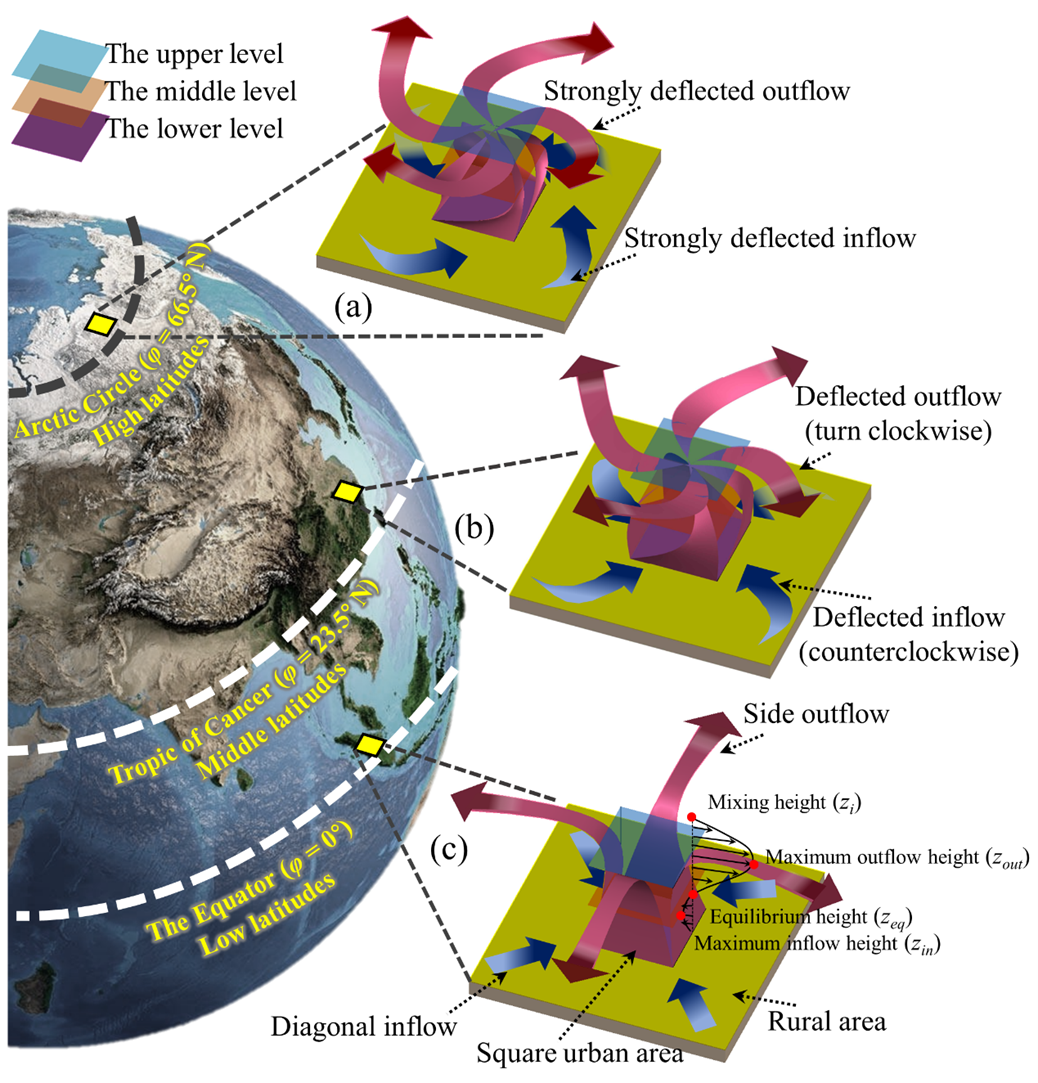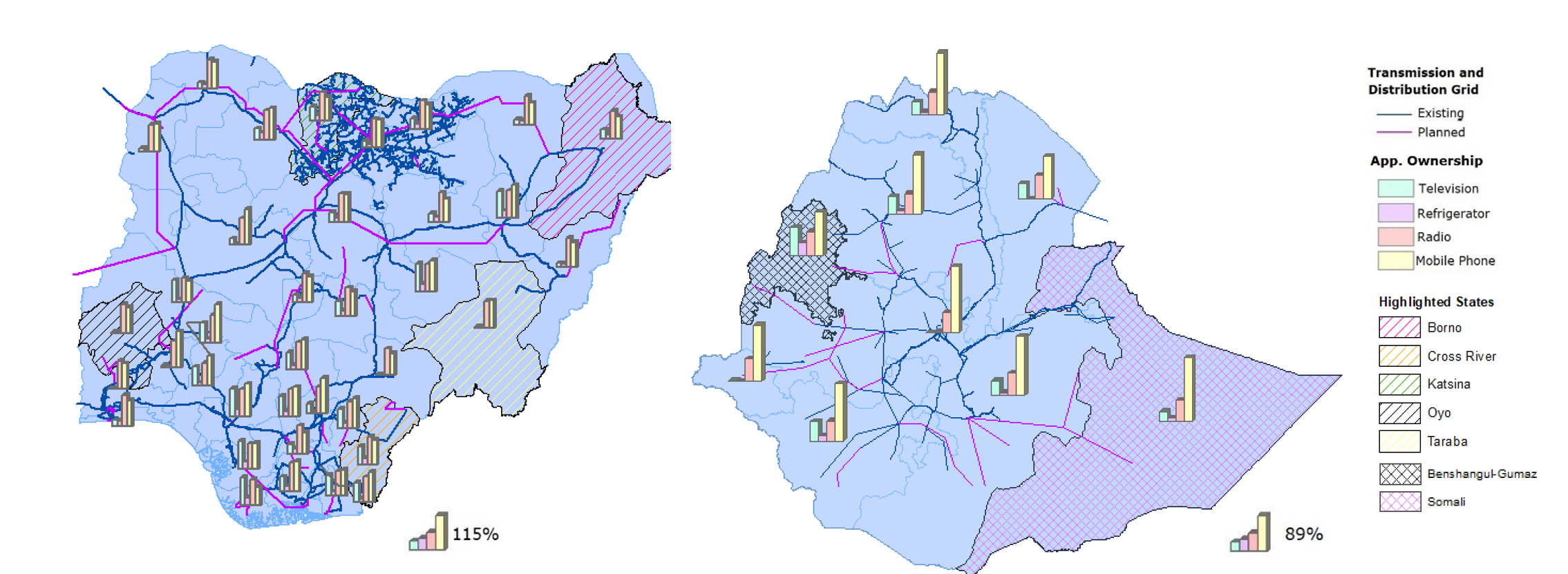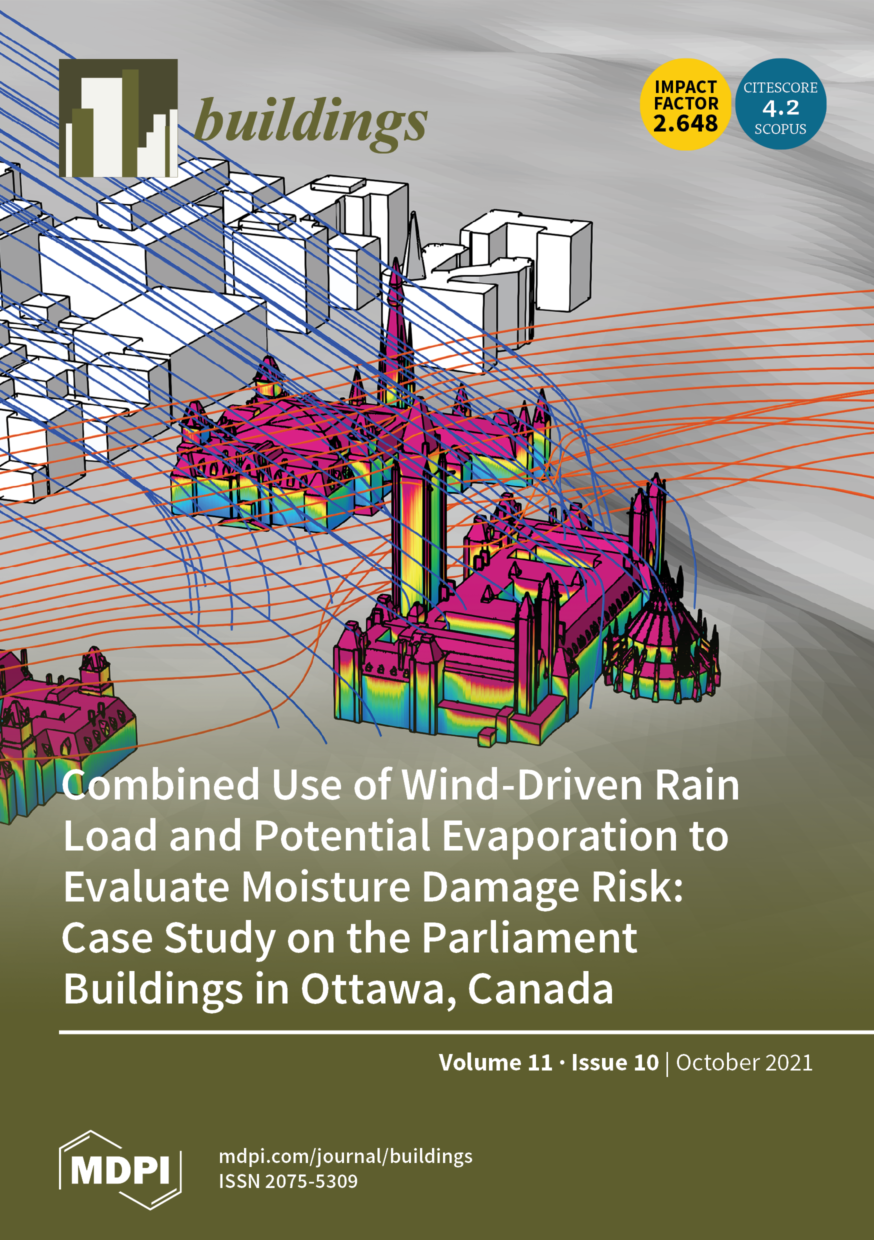News in Research
Article Featured by the International Association for Urban Climate
Our recent paper co-authored with the research group of Dr. Fan Yifan on heat dome is featured in the latest Quarterly Newsletter of the external page International Association for Urban Climate

Urban Heat Dome
An urban heat dome forms during external page heatwaves and expected to become the ‘norm’ in the future due to climate change. Our large-eddy simulations of a 400 km2 idealized square city show that the flow of the heat dome is markedly deflected by the Coriolis force. When urban characteristic diameter reaches beyond 10 km, the deflection of the urban heat dome in high-latitude regions has to be considered in order to understand city-scale heat transport at high-spatial resolution and to underpin the development of fine-tuned measures for local urban heat mitigation.
Article on Cristina Dominguez Research
The Swiss Magazine "Baublatt" published an article about Cristina's Research on rural energy demand modelling in Kenya and Guatemala.
Read it Download here (PDF, 735 KB) (in German)

Recent paper from the Chair of Building Physics has been selected as the cover picture of the current issue of journal "Buildings".
The paper reports results of Computational Fluid Dynamics simulations of wind-driven rain on the Parliament buildings in Ottawa, Canada. The case study presents critical periods and facade locations with high freeze-thaw damage, and evaluates the future damage risk due to climate change, considering milder winters with higher temperatures and higher rainfall amount.
Recent paper from the Chair of Building Physics has been selected as the cover picture of the current issue of journal "Buildings".
The paper reports results of Computational Fluid Dynamics simulations of wind-driven rain on the Parliament buildings in Ottawa, Canada. The case study presents critical periods and facade locations with high freeze-thaw damage, and evaluates the future damage risk due to climate change, considering milder winters with higher temperatures and higher rainfall amount.
Investigating crime scenes with blood droplet analysis
A new application for our research.

Modelling appliances ownership to project the energy demand of rural households in developing countries
Rural electrification projects are mostly listed as a priority in developing countries due to the numerous benefits it brings to improve people’s quality of life, such as increasing their economic productivity, avoiding premature deaths due to household air pollution, and increasing the study hours for children. That is why ensuring access to affordable, reliable, sustainable and modern energy for all was listed as one of the Sustainable Development Goals proposed by the United Nations in 2015. To improve the planning and design of these projects, it is essential to have an accurate knowledge of the electricity consumption in those areas, which nowadays is done based on rough estimations from knowledge transfer, or by implementing models that ask for specific information of the site as input. Due to the lack of records from these areas, this information can be only obtained while performing on-site data collection, but it makes it unattractive to investors due to the large investment of economic and time resources that this process requires.
While rural areas are characterized by having low income per capita and consuming low amounts of energy compared to urban areas, national household surveys present evidence of their electrical appliances ownership even when they are reported to have limited or no electricity access at all. This fact gives a sight of the potential of using these data to estimate their electricity demand, as well as potential sites for the future application of electrification projects.
Cristina Dominguez, an ETHZ doctoral student affiliated to Empa, developed a data-driven methodology that aims at supporting project developers in their planning and design processes by applying a statistical and high spatial resolution approach. For this, data from more than 1,100 rural household samples from Nigeria and Ethiopia was used for implementing a case study for each country at household, state and national scale. These data are obtained from the Living Standard Measurement Study (LSMS) held by the World Bank. It contains information at a household level that aims to support policymakers in developing countries; while it is not focused on the energy sector, it includes detailed data from a broad geographic scope that can be used for this research purpose. The collected data is then correlated using the multiple linear regression (MLR) method, creating a model for each of the appliances to be analyzed: televisions, radios, mobile phones, and refrigerators, which based on past studies, are some of the most commonly used appliances in rural areas. The study found that these models depend on different variables at a household level, such as the number of people in the household, the proximity of the household to a major road, and electricity access; as well as on specific information of the household head (age, literacy, religion, and employment situation). The ownership of high power consuming appliances (televisions and refrigerators) mostly depends on the electricity access of the household. While the ownership of low power consuming appliances (radios and mobile phones) depends on more specific household head aspects, such as his employment situation and if he is a religious.
From the results, it is interesting to highlight how having a religion in the rural areas of both countries has a negative correlation with the household size, the education level and employment situation of the household head. The results presented overall average prediction errors of 27.3%, 15.8% and 4.75% at household, state and national scale, respectively. In both countries, it is observed that the ownership for televisions and refrigerators are concentrated in the regions with the highest electrification rates. However, in the case of the mobile phones and radios, the ownership values are more disperse and they are not necessarily located in places where the electrification rates are higher. This is attributed to the fact that these two small appliances are economically accessible to almost anyone and they do not consume a high amount of electricity.
The appliances ownership are projected using Geographic Information Systems (GIS) country maps and projections of the existing and planned electricity grid (for 2020-2025) as an example of finding the potential areas to be listed as priority for future electrification projects.

For Nigeria, the states with the lowest ownership of high power-consuming appliances (televisions and refrigerators), the infrastructure of the national grid is poor (as it happens in the states of Taraba and Oyo, for example). There are exceptions, such as the case of Borno, which has a relatively high ownership of televisions and refrigerators but the national grid is not well developed in this area yet. The states mentioned have rural electrification rates ranging from 10-30% (with the exception of Oyo). In the case of Cross River and Katsina, some areas of these states have a good connection to the national grid; however, almost 50% of their rural population is not connected. Moreover, it is shown that these households own a relatively high amount of televisions and refrigerators. For Ethiopia, it can be easily noticed that the state of Somali lacks of electricity network infrastructure (having up to 10% of rural grid connection), while it is presented that these households own large appliances (televisions and refrigerators). This is also the case for the state of Benshangui-Gumaz, which shows the largest television ownership with 38%, and refrigerators with 18%, while still approximately 64% of the rural households do not have a grid connection.
The geographic information presented in this study can give an insight of the potential electrification solution is the most appropriate for each of the highlighted states from the countries analyzed in this study. This work is published in the International Journal of Energy Planning and Management where you can find on external page https://doi.org/10.5278/ijsepm.2564.
Drying of liquid and colloidal suspensions in micro-pore structures
Research in collaboration with LANL and IBM Zurich

Evaporative drying is a phenomenon that occurs in many scientific and engineering processes, for example, design of new materials and structures, food preserving and production of ceramics and paper. Recently, the self-assembly of nanoparticles induced by controlled evaporation of colloidal suspension has been applied in the innovative design of computer chips to enhance the heat removal capacity. The efficiency of the aforementioned approach strongly depends on the self-assembled nanoparticle structures, which is controlled by the processes of colloidal liquid drying and colloidal particle transport in micro-pore structures. Therefore, it is essential to study the mechanisms of drying of liquid and colloidal suspension in micro-pore structures to guide the self-assembly processes.
Drying of colloidal suspension in pore structures includes heat and mass transfer problems that involve phase change, liquid, gas and particle flows inside the porous medium, and diffusive or convective flows to the outside surrounding environment. The evaporation pattern and rate depend on the geometry of the structure, such as the pore size and distribution, and on the environmental conditions, such as the temperature, vapor pressure and air speed. It is such a complex process that, the development of numerical models with taking into account accurately all drying phenomena remains a big challenge.
Feifei Qin, an ETHz/Empa PhD student in collaboration with researchers from Los Alamos National Laboratory (LANL) and IBM Zurich, has developed a hybrid lattice Boltzmann model, which is validated to be stable and accurate to simulate non-isothermal drying of liquid or colloidal suspension in various pore structures. Drying of water under a heating temperature of 50 degree Celsius in two different micro-pore structures, i.e. Spiral-phased Micro-pillar Structure (SMS) and Gradient-shaped Micro-pillar Structure (GMS) are studied experimentally and numerically. In SMS, the liquid receding front follows the spiral pattern; while in GMS, the receding front moves layer by layer from the pillar rows with large pitch to the rows with small one. Both simulations (done with LANL’s Institutional Computing Program) agree well with experiments (operated at IBM Zurich), explained by capillary pumping, i.e. transport of the liquid from larger pores to smaller ones by capillary pressure difference. Quantitatively in both SMS and GMS, Reynolds and capillary numbers show that the liquid internal flow is laminar and that the capillary forces are dominant resulting in menisci pinned to the pillars. Similar Péclet number is found in simulations and experiments, indicating a diffusive type of heat and vapor transport. These numerical and experimental studies indicate a method for controlling liquid evaporation paths in micro-pore structures and maintaining high evaporation rate by specific geometry designs. This work is published in Journal of Fluid Mechanics where you can find on external page https://doi.org/10.1017/jfm.2019.69.
Further, drying of colloidal suspension in SMS is studied to understand the mechanisms of nanoparticle transport and deposition. Since the colloidal particles are passively carried with liquid driven by capillary pumping, they accumulate at the small menisci as drying proceeds. As liquid evaporates at the small menisci, colloidal particles eventually deposit to solid structures between the pillars (primarily), and at the base of the pillars (secondarily). As a result, the particle deposition conforms to the spiral route. Similar accumulation and deposition processes are also observed in our experiment (operated at IBM Zurich). This work is published in Physical Review E where you can find on external page https://doi.org/10.1103/PhysRevE.99.053306.
From the above, we see that the developed hybrid lattice Boltzmann model is stable and accurate and can be applied to study and understand the drying of colloidal suspension in micro-pore structures. In future, we will utilize this model to assist the design of new types of computer chips aforementioned.
